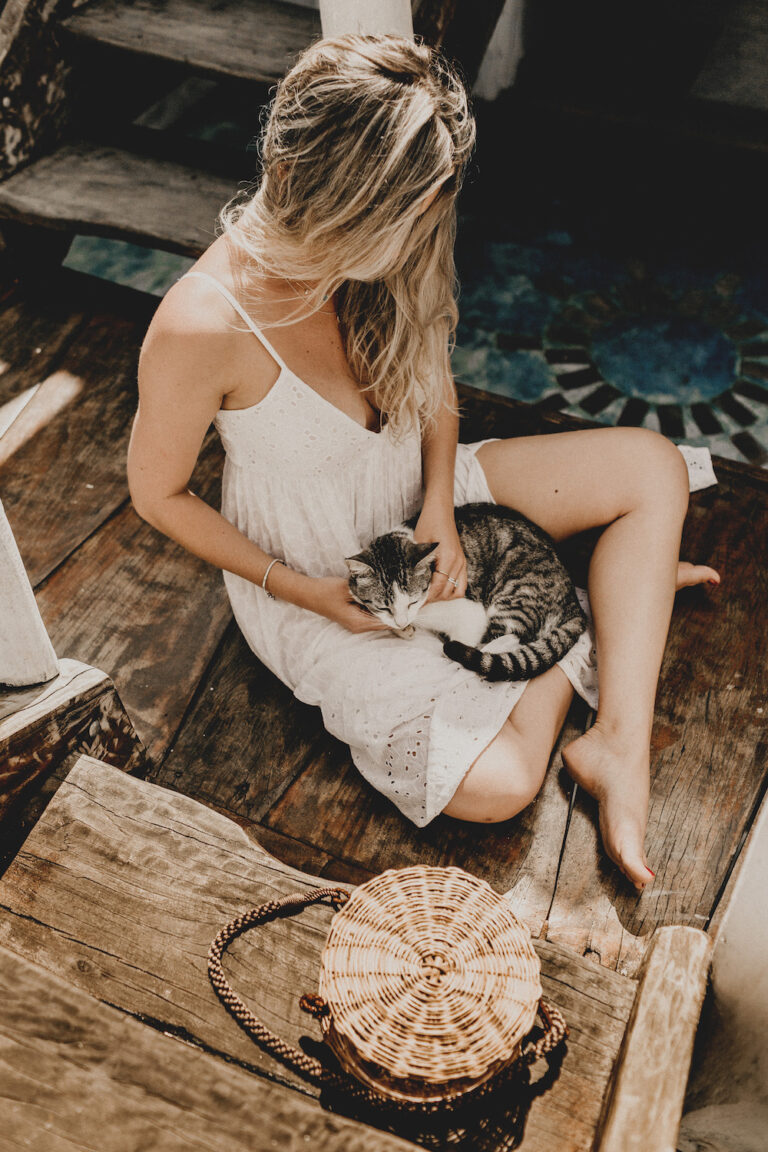How To Choose the Right Food for Your Pet Hamster
Hamsters are very popular pets. The main reason that hamsters are so popular is that they are very low-maintenance, which makes them a great choice for people that don’t have the time to look after larger animals, like dogs and cats. Hamsters are also a great pet to give to children because hamster ownership can help them to learn responsibility and the importance of good timekeeping. If you own a hamster, the one thing that you need to make sure that you do is to give them the right food.
If your hamster doesn’t get the right food, then they won’t be able to live long and healthy lives. Here are a few types of food that you can feed your hamster, to keep them healthy and happy:
Fruit
Fruit is a great thing to incorporate into your pet hamster’s diet. If you are concerned about feeding your hamster fruit (like strawberries, for example), then here is a vet’s advice: feed them it in moderation. Excessive amounts can be harmful. Something that you also need to do is to research the specific fruit that you are going to feed your hamster so that you can be sure it is safe for consumption. Some fruits are poisonous to hamsters.
Vegetables
Vegetables should make up a very large part of your hamster’s diet. The most common vegetables fed to hamsters are cabbages and lettuces, but you can also feed them carrots and sweetcorn. As with fruit, if you are going to begin incorporating vegetables into your hamster’s diet, then you need to make sure that they are safe for consumption. It’s generally a good idea to avoid feeding one’s hamster exotic vegetables because these typically tend to be toxic to them.
Herbs
Herbs can also make for a fantastic addition to your hamster’s diet. Some safe herbs that you can feed them include parsley, dill, basil, oregano, sage, thyme, fennel, mint, grass, rose petals, alfalfa, wheat sprouts, marigold, dandelion, chamomile, cornflower, beetroot, ribwort, plantain, chickweed, clover, and daisy. Watercress is also safe for consumption. You can either feed these herbs dried or fresh to your pet, although it’s usually better to feed them to them dried because that way they are easier for you to store in bulk. If you buy them fresh, they are more likely to perish. You might also want to consider herbal supplements for your pet.
Hay
Hay should make up a large component of your hamster’s diet. It is always a good idea to leave hay around in your hamster’s cage at all times, for them to eat. You can buy hay from most pet supply stores. There are some very unique ‘gourmet’ types of hay that you can feed your hamster, which you may have already heard of before. This hay tends to include bits of muesli and other bits of food, which you can just buy separately for a lot less and feed to your hamster. Hay can also be purchased in bulk because it is already dried, but you need to store it somewhere where it isn’t going to get damp and then rot.
Nuts
Nuts can also make a great addition to your hamster’s diet. Nuts are also good for their teeth and keep them strong because they give them something to chew on. Most nuts are safe for hamsters, so you shouldn’t have trouble finding one for yours to eat. It might be easier to buy your hamster muesli though because the cost of nuts is rising exponentially thanks to the cost of living crisis, but muesli contains nuts and is very cheap. Muesli’s also very easy to find.
Mealworms
Mealworms are a great occasional treat for your hamster, although you shouldn’t feed them lots of them. While mealworms aren’t bad for your hamster, they don’t contain all of the nutrients and vitamins that your hamster needs to live a long, healthy life. Your hamster can get all of the nutrients that they need by eating a diet that’s rich in fruit, vegetables, and the other things that have been outlined in this post. If you are going to buy mealworms, then fishing stores are a good place to get them for a cheap price.
Pellets
Hamster pellets are always a great addition to your hamster’s diet. Most people feed their hamsters a diet that consists mainly of hamster pellets and hay. You can do this, too, only feeding your hamster fruit and vegetables on special occasions. All of the nutrients that your hamster needs to live a healthy life can be found in hamster pellets, so there’s no need for anything else. The best thing about hamster pellets is that they are very affordable and can be found in more or less every pet store, unless it’s a store dedicated to a specific type of animal (like an aquatics store).
Water
Make sure that your hamster always has lots of fresh, clean water available. You will need to change your hamster’s water once or twice a day. As they run around, they tend to kick up hay and dirt into their water. It is also very important to make sure that your hamster has a very large cage for them to run around in. If your hamster’s cage isn’t large, then they won’t be able to have enough room to exercise and run around without spilling and knocking their water around. The more that they spill their water, the more often that you will have to muck them out.
Moderation
Whatever you feed your hamster, make sure that it’s in moderation. It’s not uncommon nowadays for people’s hamsters to look like little tennis balls because they are so fat. It is very bad for a hamster to be overfed. The thing with hamsters (which you might already know if you have one), is that they will stuff themselves with food if you give them the opportunity to. Carefully monitor your hamster’s food and feeding amount, so you can ensure that they eat healthily and don’t overeat.
If you have a pet hamster, then you need to choose the right food for them. Failing to do this could result in your hamster developing serious health problems. A diet that’s very unhealthy could lead to your hamster dying young. In addition to killing your hamster, an unhealthy diet will restrict their mobility (because they will get overweight or underweight) and will negatively impact their quality of life.






